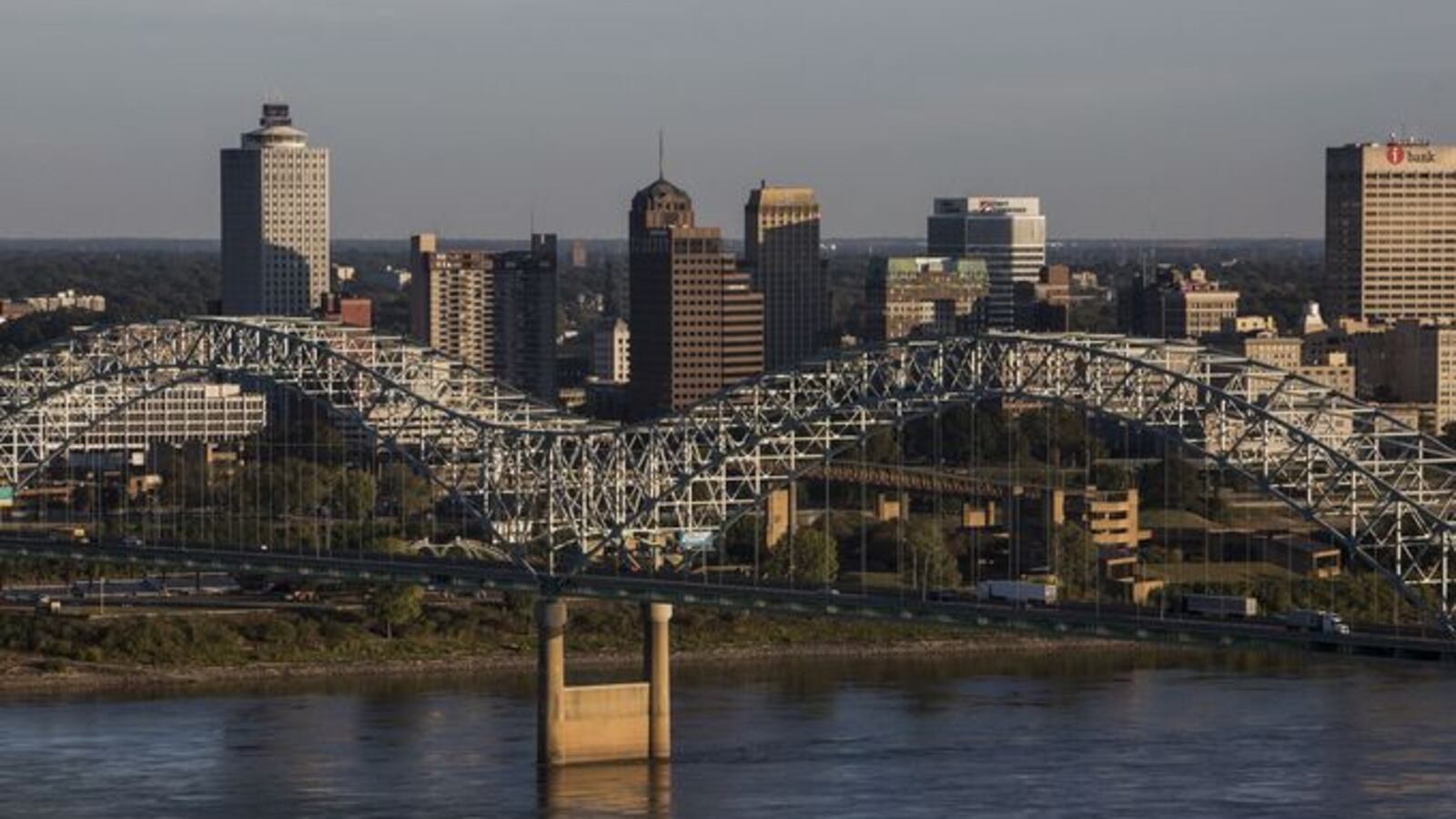The city that has been the epicenter of Tennessee’s school improvement work since 2012 got encouraging news on Friday as fewer Memphis schools landed on the state’s newest list of troubled schools.
Forty-three public schools in Memphis were designated “priority schools,” compared to 57 in 2014 and 69 in 2012.
Meanwhile, more schools in Nashville, Chattanooga, and Jackson were among the 82 placed on priority status, either for being ranked academically in the state’s bottom 5 percent or having a graduation rate of less than 67 percent. They are now eligible for a share of $10 million in state grants to pay for extra resources this year — but also interventions as harsh as state takeover or closure.
Half of the schools are new to the list but won’t face takeover or closure. Those school communities will begin working with the state education department to develop district-led improvement plans, a change from previous years.
Charter schools face the most dire consequences for landing on the list if they’re authorized by local districts. In Memphis, seven will close at the end of the school year, impacting more than 1,700 students:
- City University School Girls Preparatory
- Du Bois Elementary of Arts Technology
- Du Bois Middle of Arts Technology
- Du Bois Middle of Leadership Public Policy
- Granville T. Woods Academy of Innovation
- Memphis Delta Preparatory
- The Excel Center (adult education)
Two other priority-status high schools already closed their doors in May. They were operated by former city schools superintendent Willie Herenton’s W.E.B. DuBois charter network.
This was the first priority list issued under Tennessee’s new system for holding schools and districts accountable and is based mostly on student test scores from 2015-16 and 2016-17. No negative results from last school year were factored in because of emergency state legislation passed to address widespread technical problems that disrupted Tennessee’s return to online testing in the spring.
The distribution of more priority schools beyond Memphis was notable.
“Shelby County in particular has had some momentum … (but) we have other districts that have not had that same momentum,” said Education Commissioner Candice McQueen during a morning call with reporters.
She praised Shelby County Schools for “changing the landscape” in Memphis by closing at least 15 priority schools since 2012 and for creating its own Innovation Zone to improve other schools. Another catalyst, she said, was the 2012 arrival of Tennessee’s Achievement School District, which has taken over dozens of low-performing Memphis schools and assigned them to charter networks, spurring a sense of urgency.
But student gains have been better under the iZone than within the state-run district. Of the 25 priority schools absorbed by the iZone, 16 have moved off of priority status, compared to eight that have been taken over by the state.
“When you really try and find great school leaders and great teachers, when you extend time, when you focus on professional development, and when you also focus on accountability, good things are going to happen in schools,” said Brad Leon, a Shelby County Schools strategist who supervised the iZone in its early years.
Of the 43 Memphis schools on the newest list, less than two-thirds are within Shelby County Schools, and five of those could be eligible for state takeover, according to Antonio Burt, who oversees priority school work for Tennessee’s largest district. He declined to name them.
The state Board of Education signed off on the priority list on Friday during a special meeting. The board also approved its 2018 list of “reward schools” to acknowledge a fifth of the state’s public schools for student achievement and academic growth in the last year.
Tennessee’s priority list is issued every three years, and this was the third one since 2012. But unlike with the two earlier rosters, 2018 priority status does not necessarily put a school on track for state takeover. That’s now an option of last resort as the state seeks to be more collaborative with local school leaders.

“Our new school improvement model takes a student-focused, evidence-based approach to tailor interventions for our priority schools,” said McQueen, who promised to work closely with school communities to provide new resources.
Those new resources will be welcomed in Memphis, where Shelby County Schools has absorbed the cost of continuing interventions even as federal and state grants expire.
“At the end of the day, we’re very proud of the work, but we’re not satisfied,” said Superintendent Dorsey Hopson. “We’re going to keep on working.”
In Nashville, Mayor David Briley called the increase from 15 to 21 priority schools “unacceptable” and promised to make swift improvements in the state’s second largest school system. The city is also home to two state-run schools placed on priority status.
Below is a sortable 2018 list, and you can learn more about the state’s 2018 accountability work here.

